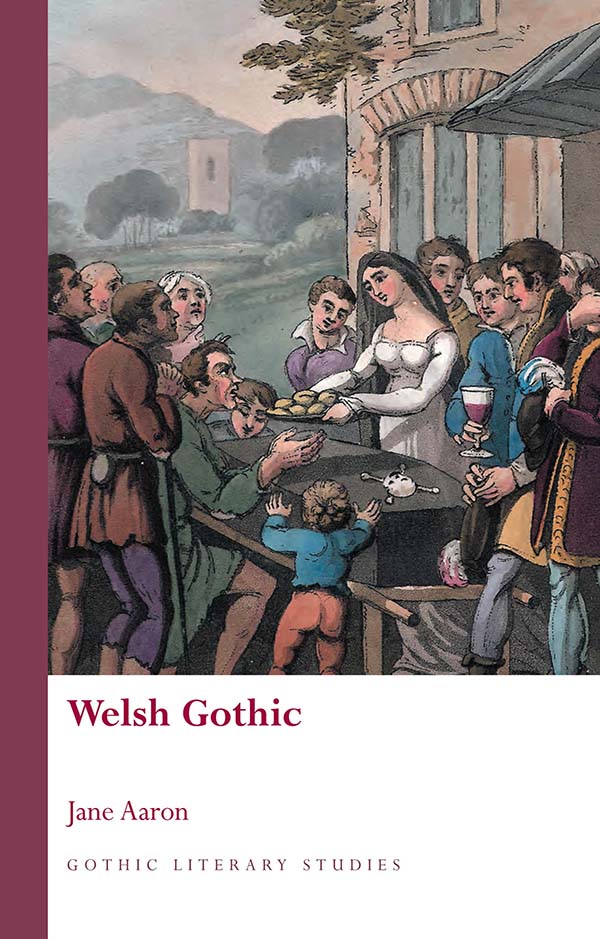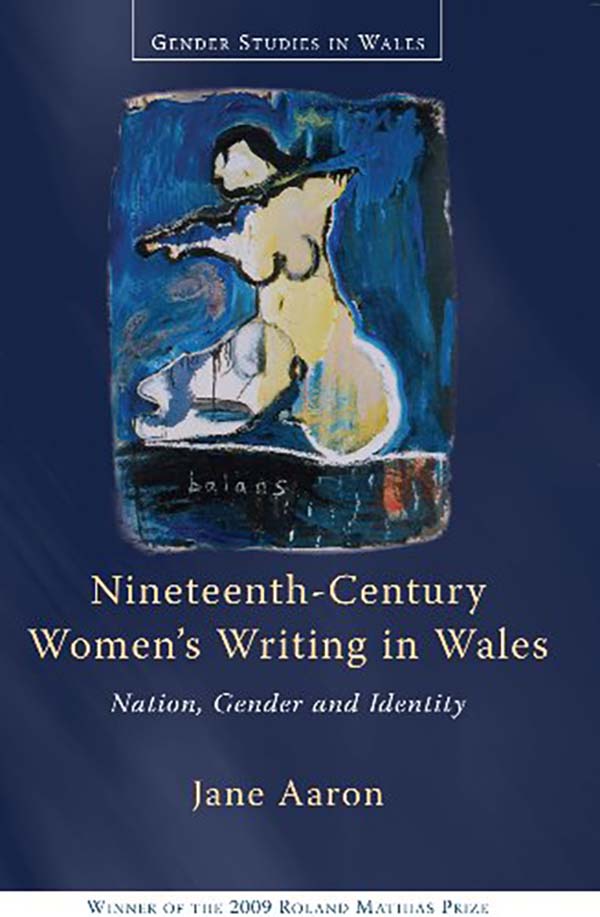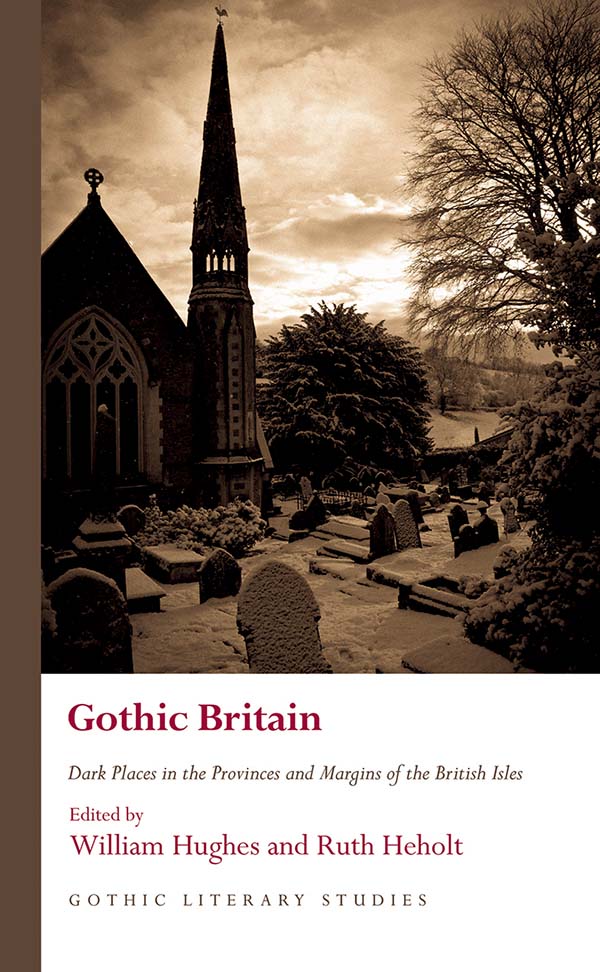Welsh Gothic
Author(s) Jane Aaron
Language: English
Genre(s): Welsh Interest
Series: Gothic Literary Studies
- May 2013 · 288 pages ·216x138mm
- · Hardback - 9780708326077
- · Paperback - 9780708326084
- · eBook - pdf - 9780708326091
- · eBook - epub - 9781783165599
Welsh Gothic, the first study of its kind, introduces readers to the array of Welsh Gothic literature published from 1780 to the present day. Informed by postcolonial and psychoanalytic theory, it argues that many of the fears encoded in Welsh Gothic writing are specific to the history of Welsh people, telling us much about the changing ways in which Welsh people have historically seen themselves and been perceived by others. The first part of the book explores Welsh Gothic writing from its beginnings in the last decades of the eighteenth century to 1997. The second part focuses on figures specific to the Welsh Gothic genre who enter literature from folk lore and local superstition, such as the sin-eater, cŵn Annwn (hellhounds), dark druids and Welsh witches.
Contents
Prologue: ‘A Long Terror’
PART I: HAUNTED BY HISTORY
1. Cambria Gothica (1780s–1820s)
2. An Underworld of One’s Own (1830s–1900s).
3. Haunted Communities (1900s–1940s).
4. Land of the Living Dead (1940s–1997).
PART II: ‘THINGS THAT GO BUMP IN THE CELTIC TWILIGHT’
5. Witches, Druids and the Hounds of Annwn.
6. The Sin-eater
Epilogue: Post-devolution Gothic
Notes
Select Bibliography
Index
Jane Aaron's magisterial monograph brings to light just how thoroughly Wales was Gothicised from Mary Robinson to Arthur Machen, Caradoc Evans to Gwyn Thomas and through to Ruth Bidgood. Arguing that the eighteenth and nineteenth-century medievalism (which mythologised Celtic origins of Welsh nationalism) also haunted Welsh writing at least until 1997, she skilfully exorcises spectres of decline and dissolution which are definitively Welsh - the scapegoat, the sin-eater, whole families cursed by disease and capitalist exploitation, and individuals doomed to guilt and self-loathing by inward-looking communities. This comprehensive and bold work of scholarship will change the way we think about both the history of Gothic and Welsh Writing in English. Professor Caroline Franklin, Director at the Centre for Research into Gender, Culture and Society This is an exhilarating study, which confirms Professor Aaron's reputation for groundbreaking publications. She here demonstrates how the Gothic imagination materialises at all the key points in the historical development of modern Wales, repeatedly furnishing a threatened culture with a dark grammar for its deepest anxieties. And, in the process, she succeeds in finding a significant place for Wales for the first time in the haunted international landscape of Gothic writing. Professor M. Wynn Thomas, CREW, Swansea University
Part I. Haunted by History Chapter 1. Cambria Gothica (1780s-1820s) i. Romantic tourists in Gothic Wales ii. In the Devil's Parlour iii. Acts of Union iv. Gothic Histories Chapter 2. An Underworld of One's Own (1830s-1900s) i. The Doom of the Cymry ii. Embracing the Underworld iii. Arthur Machen's Underworld in the West Chapter 3. Haunted Communities (1900s-1940s) i. The Devil in Zion ii. Coalfield Gothic Chapter 4. Land of the Living Dead (1940s-1997) i. The Return of the Repressed ii. A Zombie Culture iii. Border Vampires Part II. 'Things that go bump in the Celtic Twilight' Chapter 5. Witches, Druids and the Hounds of Annwn i. The Witch as Wise Woman and Avenger ii. Druid Sacrifice iii. Hunting with Hellhounds Chapter 6. The Sin-eater i. The Historical Sin-eater ii. The Welsh Sin-eater in Literature iii. Sin-eating beyond Wales






